Author: Mrs. Robi Marshall
Last week marked the beginning of three grammar grade level festivals that will be presented this spring in Chapel and gives a glance into the Arma Dei Academy course of study. Over the course of a student’s education here at Arma Dei Academy, boys and girls grow familiar with God’s unfolding plan from creation to today. Starting in second grade, students study ancient Israel and Egypt. Each successive year, students learn about the next civilization God established and sustained.
Third graders at the academy, study Ancient Greece and Rome. At their festivals last week, visitors gained perspective on one important aspect of their historical era; ancient roman architecture—a true gift still in use today.
All history, literature, art and music are amalgamated chronologically into the students learning. So that at the mere mention of Sir Gawain and the Green Knight, 4th grade students studying the medieval period can imagine the event in history, hear the music played, the art sculpted and the literature enjoyed by citizens of that era! Fifth grade students continue on to study the explorers and the founding of America. Sixth grade completes the grammar level
chronological sweep of history picking up post civil war and marching to the present. Seventh and eighth grade students explore all of history once more at the logic level, this time with deepening understanding and connectivity.
In his article, A Classical Education for Modern Times, Terrence O. Moore contends, “Contrary to popular opinion, classical education is far from irrelevant, dull, and unimaginative. Rather, the classical view understands that a human without knowledge of the past, without reverence for his inheritance, and without judgment formed by the standards of true greatness, is much like a man, with amnesia. He does not know who he is or where he comes from. He does not know his rights or his obligations. He does not know whom he owes or who owes him. Worse, he may easily become duped by the first person he runs into because he is so unfamiliar and bewildered about his place in history.”
In classical education, students read and study, “the best which has been thought and said’, so wisely stated by Matthew Arnold. In western civilization, the main focus is on the three great ancient civilizations; Jerusalem, Athens, and Rome, and their peoples; the Hebrews, the Greeks and the Romans.
But why study these cultures? Martin Cothran provides this explanation in his article, What is Classical Education? “We study the Hebrews because they are the archetype of spiritual man. From them we learn how God deals with individuals and with nations.
We study the Greeks because they were the archetype of philosophical and literary man. They were the original philosophers and poets. Every great idea, and every lousy one, probably came from some Greek somewhere.
We study the Romans because they were the archetype of practical, political man. They were the road builders and the republicans of ancient times. These are the people who ran the world for a thousand years. They ran the most enduring government history has ever seen. In fact, our Founding Fathers used the old Roman republic as their model in constructing the American government. And those roads established by the Romans? God used them to spread the good news through the world!”
So what did ancient Rome look like in 320 A.D.? View to this short video which depicts a 3D digital model of the Eternal City at a time when Rome’s population had reached its peak (about one million) and the first Christian churches were being built. Then you will be learning right alongside third grade Ancient Greece and Rome students!

